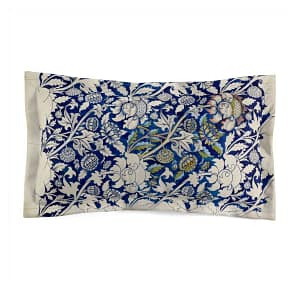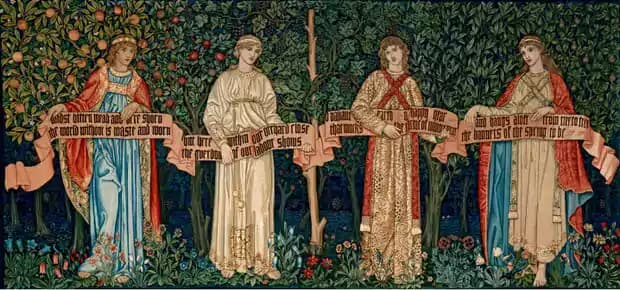
The Orchard, 1890 by William Morris. Photograph: Victoria and Albert Museum London
Morris founded the Morris, Marshall, Faulkner & Co. decorative arts firm with Burne-Jones, Rossetti, Webb, and others, which became highly fashionable and much in demand. The firm profoundly influenced interior decoration throughout the Victorian period, with Morris designing tapestries, wallpaper, fabrics, furniture, and stained glass windows. In 1875, he assumed total control of the company, which was renamed Morris & Co.
Morris is recognized as one of the most significant cultural figures of Victorian Britain. He was best known in his lifetime as a poet, although he posthumously became better known for his designs. The William Morris Society founded in 1955 is devoted to his legacy, while multiple biographies and studies of his work have been published. Many of the buildings associated with his life are open to visitors, much of his work can be found in art galleries and museums, and his designs are still in production.
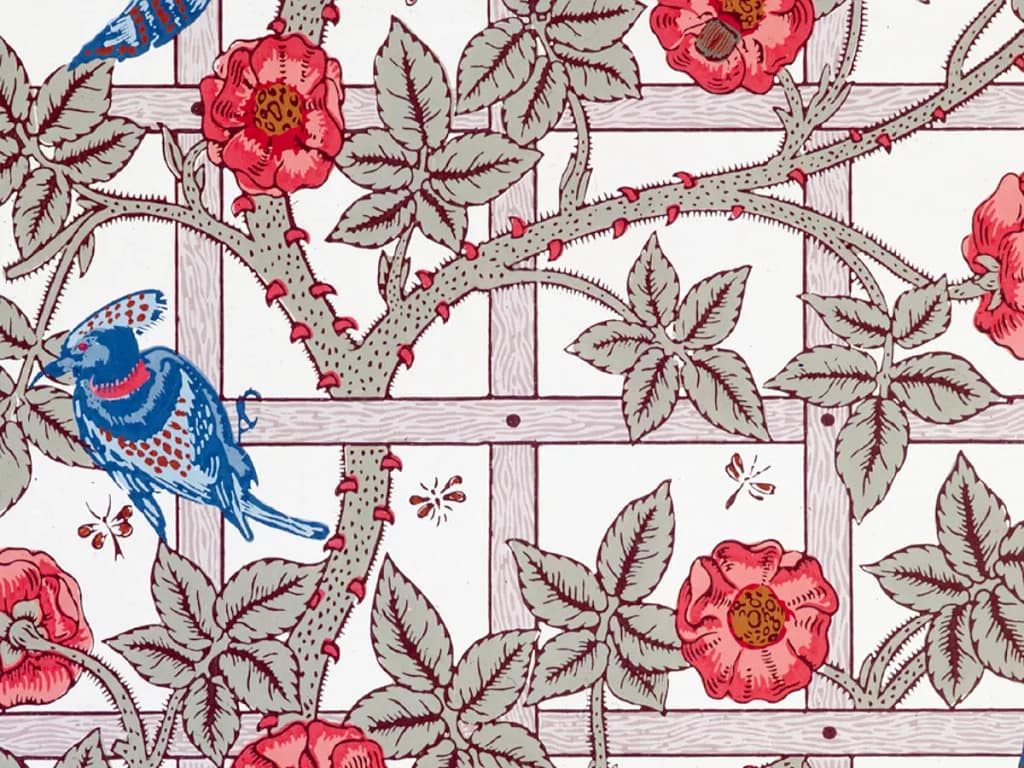
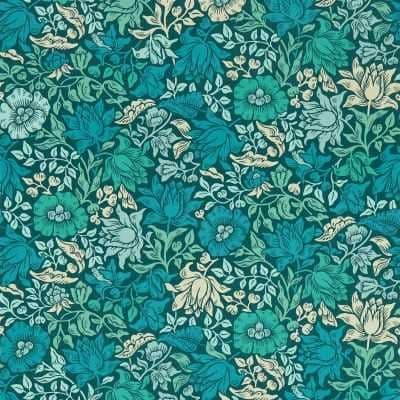
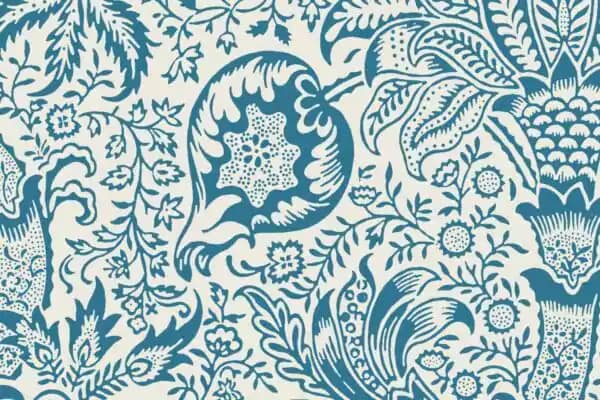
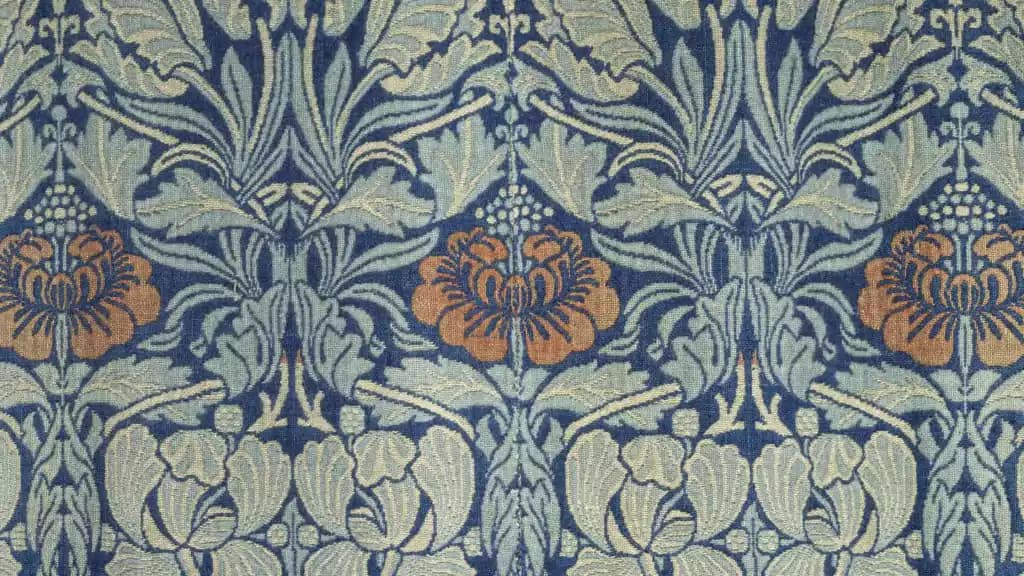
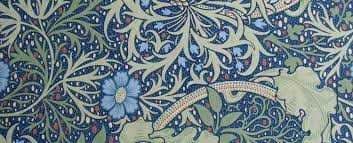
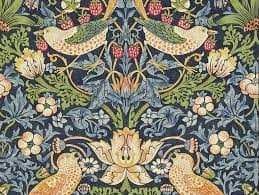
During his lifetime, Morris produced items in a range of crafts, mainly those to do with furnishing,[265] including over 600 designs for wall-paper, textiles, and embroideries, over 150 for stained glass windows, three typefaces, and around 650 borders and ornamentations for the Kelmscott Press.[249] He emphasised the idea that the design and production of an item should not be divorced from one another, and that where possible those creating items should be designer-craftsmen, thereby both designing and manufacturing their goods.[266] In the field of textile design, Morris revived a number of dead techniques,[267] and insisted on the use of good quality raw materials, almost all natural dyes, and hand processing.[268] He also observed the natural world first hand to gain a basis for his designs,[269] and insisted on learning the techniques of production prior to producing a design.[269]
Morris took up the practical art of dyeing as a necessary adjunct of his manufacturing business. He spent much of his time at Staffordshire dye works mastering the processes of that art and making experiments in the revival of old or discovery of new methods. One result of these experiments was to reinstate indigo dyeing as a practical industry and generally to renew the use of those vegetable dyes, such as the red derived from madder, which had been driven almost out of use by the anilines. Dyeing of wools, silks, and cottons was the necessary preliminary to what he had much at heart, the production of woven and printed fabrics of the highest excellence; and the period of incessant work at the dye-vat (1875–1876) was followed by a period during which he was absorbed in the production of textiles (1877–1878), and more especially in the revival of carpet-weaving as a fine art.[253][278]
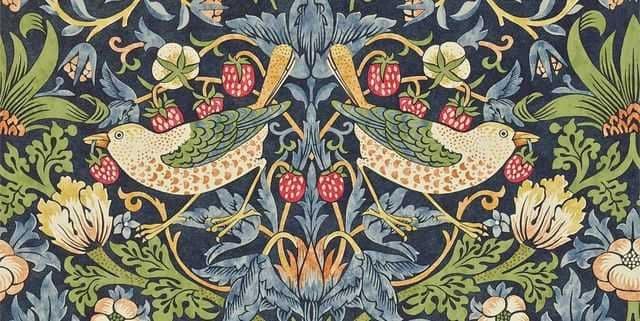
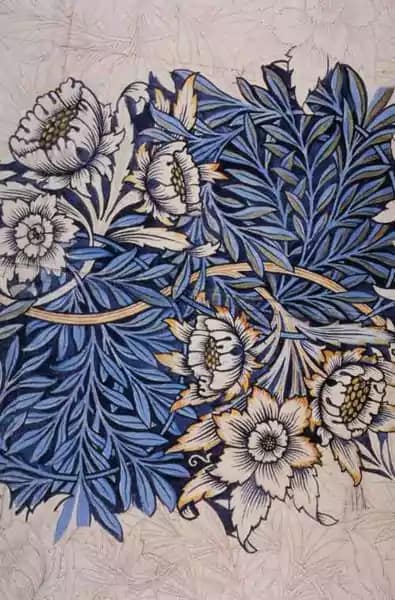
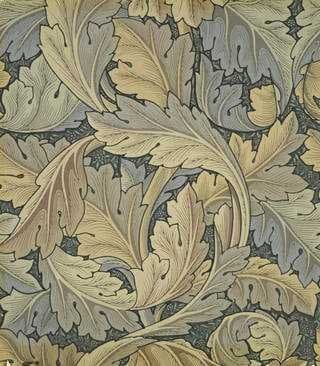
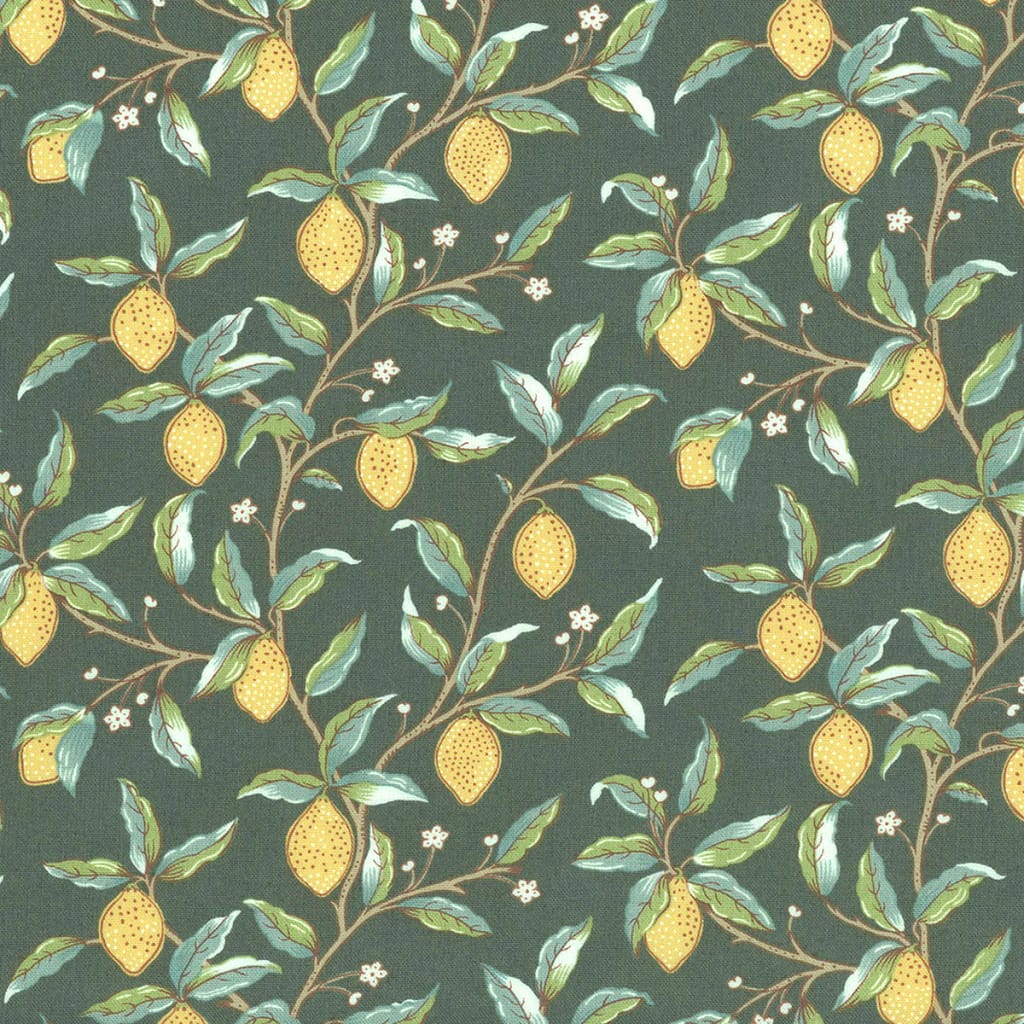
Morris’s patterns for woven textiles, some of which were also machine-made under ordinary commercial conditions, included intricate double-woven furnishing fabrics in which two sets of warps and wefts are interlinked to create complex gradations of color and texture.[279] Morris long dreamed of weaving tapestries in the medieval manner, which he called “the noblest of the weaving arts.” In September 1879 he finished his first solo effort, a small piece called “Cabbage and Vine”.[280][281]
-
William Morris: St. James’s Men’s Hawaiian Camp Shirt$95.00
-
William Morris: St. James’s Clutch Bag$36.00
-
William Morris Floral Trellis Area RugPrice range: $37.00 through $110.00
-
William Morris Women’s Mid-rise Casual Leggings$38.00
-
William Morris Fruit Pattern (1862) Women’s Mid-rise Casual Leggings$38.00
-
Unfinished Morris Microfiber Pillow ShamPrice range: $32.00 through $35.00
-
Pacific Blue Women’s Cut & Sew Racerback Dress$39.00
-
Morris Ivy Tripod Lamp$52.00
-
Blue Floral Morris Microfiber Pillow ShamPrice range: $32.00 through $35.00









